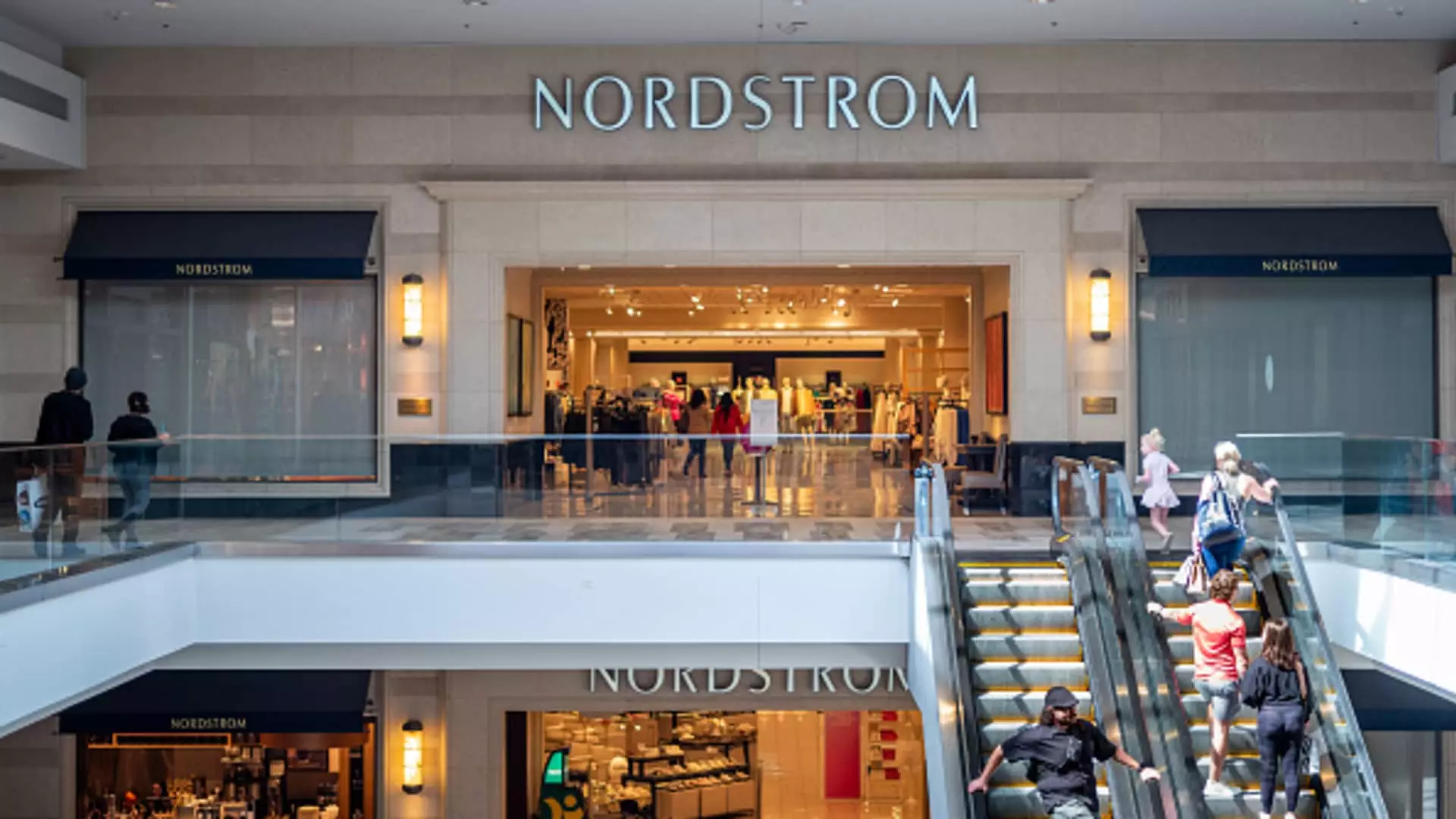As the retail sector emerges from the holiday rush, Nordstrom’s recent announcement reflects the ever-evolving nature of consumer behavior and the strategies employed by retailers. On the heels of a stronger-than-anticipated holiday season, Nordstrom raised its full-year sales outlook, revealing both optimism and caution amid a competitive market. This article delves into the implications of Nordstrom’s performance, exploring the various factors that contributed to its revenue growth and examining the overall retail environment.
Nordstrom’s upgraded forecast now anticipates revenue growth between 1.5% and 2.5%, a notable adjustment from its previous prediction of flat growth. This optimistic outlook is particularly striking given that it accounts for one fewer fiscal week, suggesting that the retailer is navigating potential headwinds more effectively than anticipated. During the nine-week holiday timeframe that concluded on January 4, net sales increased by 4.9%, while comparable sales—a key metric that excludes the impact of store openings or closures—rose by 5.8%. These numbers suggest a strong consumer demand, particularly in the face of uncertainty in the broader economy.
Consumer Behavior Insights
CEO Erik Nordstrom’s previous conservative outlook in late November was based on a discernible dip in sales trends at the end of October, which had raised questions regarding consumer spending capabilities. Nevertheless, the subsequent surge in holiday sales suggests that Nordstrom’s promotional strategies and curated offerings resonated with shoppers. This adaptability is critical; the competitive nature of the retail landscape necessitates that brands continually assess and align with consumer preferences. As retailers gear up to report their earnings, it will be interesting to see how other companies matched up to the positive trajectory exhibited by Nordstrom.
The increase in online shopping has markedly reshaped the retail scenario. According to Adobe Analytics, e-commerce expenditure rose almost 9% from November 1 to December 31, amounting to an impressive $241.4 billion. This shift underscores an important trend—consumers are not just gravitating towards physical stores; they are increasingly integrating online options in their shopping habits. For Nordstrom, leveraging these digital channels has proved essential. The retailer’s ability to balance both in-store experiences and online sales has become a cornerstone of its strategy, allowing it to thrive even in challenging market conditions.
Nordstrom’s results also offer a lens through which we can view the broader retail ecosystem. Competitors like Walmart, Best Buy, and Macy’s will be reporting their holiday earnings soon, making Nordstrom’s early insights particularly valuable. In analyzing the trends, it’s clear that holiday retail sales in the U.S. saw an increase of 3.8% year-on-year according to Mastercard SpendingPulse, indicating a positive momentum in consumer spending. Yet, as the dust settles on this lucrative season, brands must remain vigilant. The retail landscape is fraught with volatility, influenced by factors like economic shifts, inflation, and changing consumer preferences.
Future Outlook: Challenges and Opportunities
With the impending $6.25 billion buyout deal with the Nordstrom family and El Puerto de Liverpool slated to finalize in mid-2025, the retailer stands at a pivotal juncture. While this transition may yield opportunities for a more concentrated business strategy, it also imposes the challenge of maintaining customer loyalty and engagement during the ownership transition. Share performance has already dipped, highlighting the cautious sentiment within investor circles.
Nordstrom’s stronger-than-expected holiday performance paints a hopeful picture for the retail sector, but it also illustrates the inherent challenges that lie ahead. Competitive pressure and rapidly changing consumer behaviors require constant adaptation and strategic foresight. As the company moves forward, the key will be balancing optimism with pragmatism—a dual approach that will be essential for thriving in an unpredictable market landscape.
While Nordstrom’s recent sales performance is a beacon of hope, it is crucial for all retailers to remain agile, ready to pivot in response to continually changing consumer demands and market conditions.

